Vietnam has entered the aging population phase since 2011 and is experiencing the fastest aging rate in the world . According to national population data, the country currently has about 16.1 million elderly people, accounting for more than 16% of the population. It is forecasted that by 2038, Vietnam will enter the aging population period, with one in five Vietnamese people being over 60 years old, leading to an increasing need for health care, mental health and life of the elderly.
Also according to the latest announcement in 2020 by the Institute of Population, Health and Development, currently, the majority of elderly people are living with at least one biological child (61.3%). However, modern society, economic pressure and changes in family structure towards a gradually shrinking scale, make it difficult for many families to have the conditions to provide comprehensive care for parents and grandparents.
Specifically, data from the General Statistics Office ( Ministry of Finance ) shows that household size has decreased from 3.9 people/household in 2010 to 3.5 people/household in 2024. 2024 data from the Ministry of Culture, Sports and Tourism also shows that the number of 2-generation households accounts for the highest proportion at 45.5%; other types of households (1-generation households, single-parent households...) account for 37.1%.
Faced with that situation, nursing home models have begun to receive attention from society as a humane solution, in line with modern trends. In particular, after the speech of General Secretary To Lam at the national conference on the dissemination and implementation of 4 new resolutions of the Politburo held on September 16, along with Resolution No. 72-NQ/TW of the Politburo issued on September 9, 2025 on a number of breakthrough solutions to strengthen the protection, care and improvement of people's health, it can be expected that the nursing home model, especially the semi-boarding nursing home, will develop more clearly in the coming time.
Unlike the “full-time nursing home” model, where the elderly live at the facility, the “semi-boarding nursing home” model allows the elderly to come to live, receive medical care, participate in community activities, and return home to their children and grandchildren in the evening.
Vietnam Real Estate Market Research and Evaluation Institute (VARS IRE) and Vietnam Real Estate Brokers Association believe that this is a solution that balances the tradition of "living with family" and the need for professional care of the elderly.
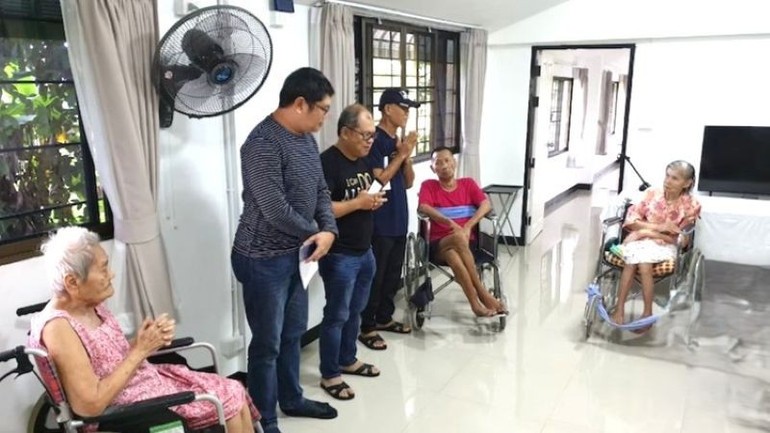
Statistics from the Ministry of Health also show that most elderly people suffer from chronic diseases such as diabetes, cardiovascular disease, bone and joint diseases... and on average each person suffers from 3 or more diseases. Therefore, the need for regular health check-ups and specialized medical care is very large.
In addition, many elderly people want to have professional medical care while still maintaining emotional ties with their families. Based on that need, in Vietnam, there have appeared a number of specialized health care apartment projects near the family's residence, but the cost is often beyond the ability of most people. Therefore, the semi-boarding nursing home model will contribute to solving this problem, helping the elderly to ensure their health and avoid loneliness.
Not only does this model benefit the elderly, it also helps the younger generation feel secure in their work. Under the pressure of life, many young workers find it difficult to stay home to take care of their parents regularly. Leaving their parents at a nursing home during the day will help them feel secure in developing their careers, while still maintaining family affection. From a modern perspective, this is not a "distance" but a way for children to show responsibility and love. This is also in line with the tradition of "remembering the source of drinking water".
Despite such conveniences, in current practice, the concept of a “semi-boarding nursing home” is very new. Most of the current facilities still operate on a full-time model. Only a few nursing centers allow the elderly to be admitted in the morning and returned in the evening. And the common point of the above centers is that they are all in a state of “overload”. Notably, the cost for an average nursing home is currently relatively high, higher than the pension or support from children and grandchildren. Specifically, according to statistics by the end of 2024, the average pension of a beneficiary is 6.2 million VND/month, while the average nursing home cost is from 10 million VND/month.
The Vietnam Real Estate Market Research Institute believes that, in the context of rapid population aging, the development of a system of semi-boarding nursing homes will be a suitable solution for Vietnam's cultural, social and economic conditions. For this model to truly come into life, in addition to social security policies, combined with health insurance to reduce costs for the elderly, the State needs to research and issue preferential policies on land funds and credit for nursing home projects to encourage businesses to participate in developing this potential segment.
Source: https://baolaocai.vn/trien-vong-mo-hinh-nha-duong-lao-ban-tru-cho-nguoi-gia-tai-viet-nam-post882777.html


![[Photo] Prime Minister Pham Minh Chinh chairs the Government's online conference with localities](https://vphoto.vietnam.vn/thumb/1200x675/vietnam/resource/IMAGE/2025/10/5/264793cfb4404c63a701d235ff43e1bd)


![[Photo] Prime Minister Pham Minh Chinh launched a peak emulation campaign to achieve achievements in celebration of the 14th National Party Congress](https://vphoto.vietnam.vn/thumb/1200x675/vietnam/resource/IMAGE/2025/10/5/8869ec5cdbc740f58fbf2ae73f065076)


























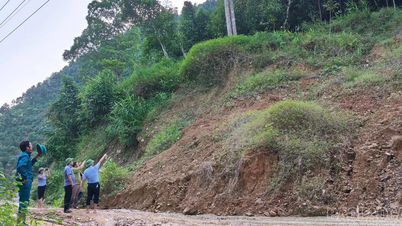

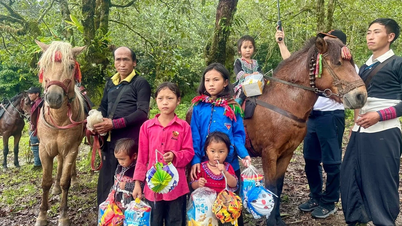
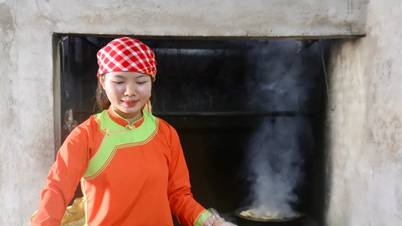
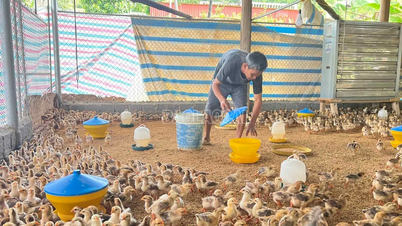


























![[VIDEO] Summary of Petrovietnam's 50th Anniversary Ceremony](https://vphoto.vietnam.vn/thumb/402x226/vietnam/resource/IMAGE/2025/10/4/abe133bdb8114793a16d4fe3e5bd0f12)

![[VIDEO] GENERAL SECRETARY TO LAM AWARDS PETROVIETNAM 8 GOLDEN WORDS: "PIONEER - EXCELLENT - SUSTAINABLE - GLOBAL"](https://vphoto.vietnam.vn/thumb/402x226/vietnam/resource/IMAGE/2025/7/23/c2fdb48863e846cfa9fb8e6ea9cf44e7)















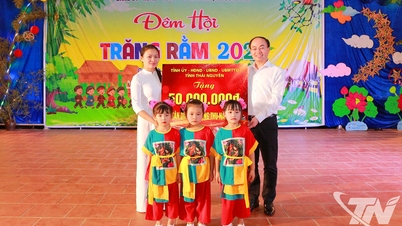














Comment (0)